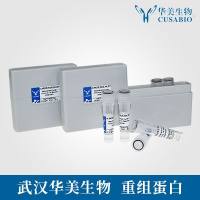Measurement and Immunofluorescence of Cellular Phosphoinositides
互联网
互联网
相关产品推荐

介孔结构的二氧化硅,7631-86-9,MSU-F (cellular foam),阿拉丁
¥2688.90

Recombinant-Chlorocebus-aethiops-Hepatitis-A-virus-cellular-receptor-1HAVCR1Hepatitis A virus cellular receptor 1; HAVcr-1 Alternative name(s): T-cell immunoglobulin and mucin domain-containing protein 1; TIMD-1 T-cell membrane protein 1 TIM-1
¥12810

Recombinant-Rat-Hepatitis-A-virus-cellular-receptor-1-homologHavcr1Hepatitis A virus cellular receptor 1 homolog; HAVcr-1 Alternative name(s): Kidney injury molecule 1; KIM-1 T cell immunoglobulin and mucin domain-containing protein 1; TIMD-1
¥11326

TP53/TP53蛋白/(Antigen NY-CO-13)(Phosphoprotein p53)(Tumor suppressor p53)蛋白/Recombinant Human Cellular tumor antigen p53 (TP53) (Y220C)重组蛋白
¥69

CCN2/CCN2蛋白Recombinant Macaca mulatta CCN family member 2 (CCN2)重组蛋白Cellular communication network factor 2;Connective tissue growth factor蛋白
¥1908

